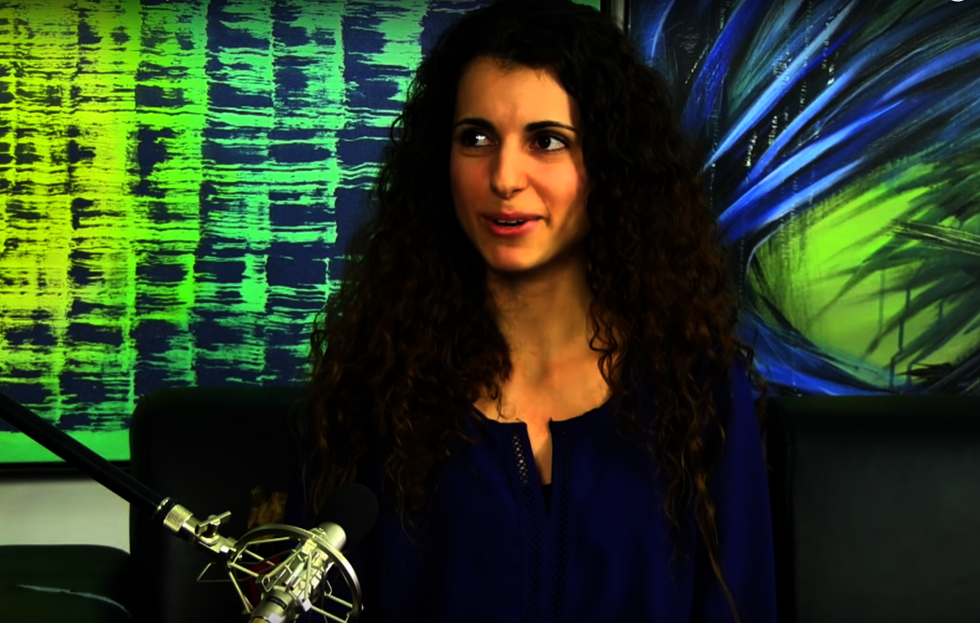
Amanda PL, a Canadian artist, recently had her art exhibit canceled after she was accused of cultural appropriating her style.

The Visions Gallery, a contemporary art exhibit in Toronto, has shut down a woman's five day art show based on the accusation that she had culturally appropriated the subject material. In fact, the they considered the cultural appropriation so extreme, they dubbed it "cultural genocide."
The work was created by an artist named Amanda PL, 29, and focused on art and stories inspired by indigenous artist Norval Morrisseau who hailed from Canada’s Anishnaabe group of tribes. Marrisseau's art, which reached peak fame in the 1960's, often involved colorful paintings that were inspired by the legends of his people.
PL's art very closely resembles Morrisseau, as the same large round shapes and bright colors used by PL are a direct callback to Morrisseau's works of art. According to CBC News in Toronto, PL says she first became enamored with the "Woodlands" style of painting when she lived in Thunder Bay, Ontario, while studying to become a visual arts teacher and taking Native studies.
"I just tried to learn all I could about the Aboriginal culture, their teachings, their stories, and I've tried to capture the beauty of the art style and make it my own by drawing upon elements of nature within Canada that have meaning to me," said PL.
Once Visions Gallery made the email announcement about PL's exhibit, a torrent of backlash arrived within hours with claims that PL had culturally appropriated indigenous art. Much of the complaints, says PL, were about her race.
"A lot of the Aboriginal people had issues with me not being native.… I feel like they think that I'm taking away from the culture, but really I'm not," PL says.
"I think it's a shame to say that an artist can't create something because they're not from that race," she added.
Chippewa artist Jay Soule was one of the individuals leading the charge against PL, saying that her art is "essentially cultural genocide," and that it bastardizes the stories behind the paintings, muddying them so that they "lose connection to the real stories that are attached to it."
The Vision Gallery now has on their page a long apology for attempting to display the exhibit in the first place. Within it, they attempt to point out that those who would argue for freedom of expression are "dismissing the voice of an oppressed culture," and are demonstrating "cultural insensitivity."
Additionally, it makes the argument that "artistic expression cannot be absolute."
Many people have claimed not to discount the treatment of First Nations people in Canada, but have immediately argued in favour of the freedom of artists who borrow from styles and subjects of different cultures. We say to those people that in applying that argument to Indigenous art, you are indeed dismissing the voices of an oppressed culture. You are intentionally or unintentionally demonstrating your cultural insensitivity.
This is not simply a case of an artist borrowing ideas, themes and styles from another culture. In the context of “borrowing” from, or appropriating, the work of Indigenous people, freedom of artistic expression cannot be absolute.
Despite all the controversy, PL says she will continue to paint in the Woodlands style she has come to prefer.
"This just happens to be the style that I'm drawn towards at this time. This is how I choose to express myself and this is how I choose to continue to paint," PL said.